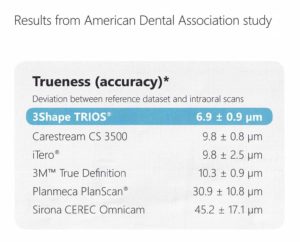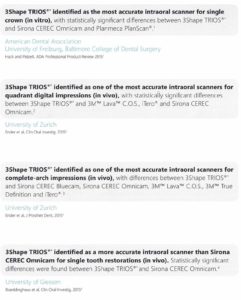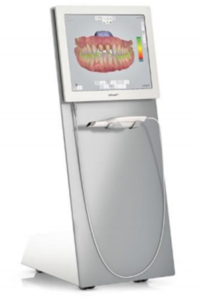I think many will agree that so far the greatest thing about 2021 is that it puts 2020 behind us.  We have all endured and have been trying to overcome a multitude of hardships from 2020 – from protests, to wildfires, earthquakes to of course COVID-19. While we started off 2021 with a historic riot, I think with the advent of the COVID-19 vaccine, there is hope that we may reach the end of the tunnel of our pandemic through herd immunity. Many patients have asked if we plan on being some of the first to take one of the U.S. made vaccines … and if so which one?
We have all endured and have been trying to overcome a multitude of hardships from 2020 – from protests, to wildfires, earthquakes to of course COVID-19. While we started off 2021 with a historic riot, I think with the advent of the COVID-19 vaccine, there is hope that we may reach the end of the tunnel of our pandemic through herd immunity. Many patients have asked if we plan on being some of the first to take one of the U.S. made vaccines … and if so which one?
I’m pleasantly optimistic to say that as of 1/14/21, I have been inoculated with my first dose of the Moderna vaccine. The process was relatively straight forward. I registered for a drive through location, arrived a few minutes early and waited in line in my car. 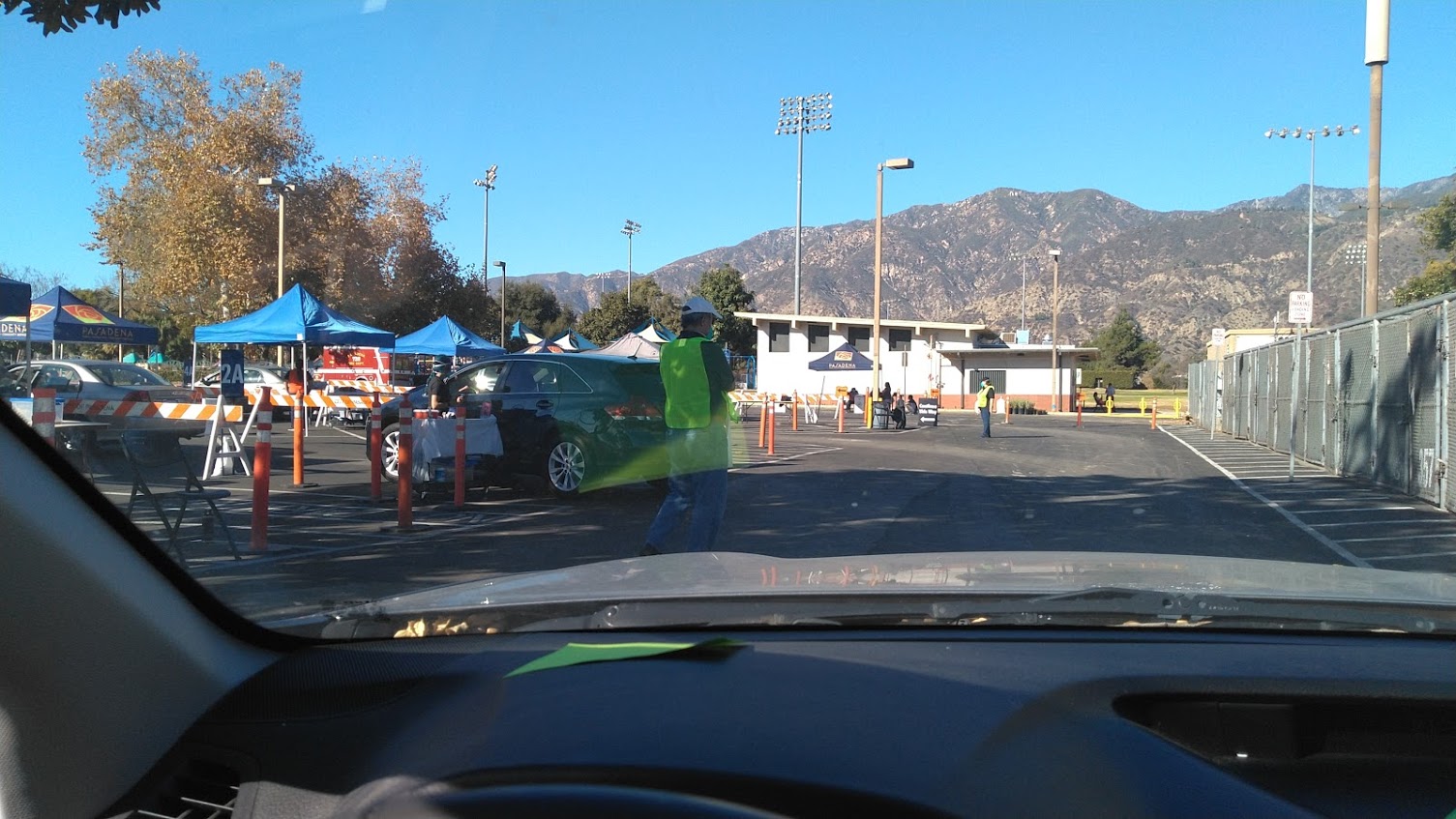 Once I presented my credentials, they asked a few questions and I was given the jab. I was then instructed to park near some medical staff for observation for 15 minutes and released once I reported no side effects.
Once I presented my credentials, they asked a few questions and I was given the jab. I was then instructed to park near some medical staff for observation for 15 minutes and released once I reported no side effects.
Day 1 of Moderna Vaccine 1/14/2021: Very mild soreness in my left arm near injection site.
Day 2 of Moderna Vaccine 1/15/2021: Increase to medium/mild soreness in my left arm near injection site.
Day 3 of Moderna Vaccine 1/16/2021: Down to very mild soreness in my left arm near injection site.
Day 4 of Moderna Vaccine 1/17/2021: I have grown a third arm! My left arm feels fine.
While I believe all the vaccines for COVID-19 will help us overcome this pandemic, many ask why did I choose Moderna vs Pfizier? Below were my reasons as of 1/17/2021:
Moderna’s efficacy rating after the 2nd dose was at 94.1%. While it’s lower than the 95% from Pfizier – one has to remember Pfizier originally published a rate of 90% and then after a few days of Moderna publishing their rate of 94.1%, Pfizier miraculously raised their efficacy of the 2nd dose to 95%…
Moderna’s efficacy after the first dose is between 80-90% efficacy; Pfizier is between 50-60%.
Moderna’s vaccine is stable for up to 30 days in a regular refrigerator or 12 hours room temperature and is ready to dose without dilution; Pfizier is stable for 5 days or 2 hours room temperature and needs to be diluted with sterile 0.9% Sodium Chloride Injection.
Moderna’s side effects per FDA:
- Injection site pain
- Fatigue
- Headache
- Muscle pain
- Joint pain
- Chills
- Swollen lymph nodes
Pfzier’s side effects per FDA:
- Injection site pain
- Tiredness
- Headache
- Muscle pain
- Chills
- Joint pain
- Fever
- Injection site swelling
- Injection site redness
- Nausea
- Feeling unwell
- Swollen lymph nodes
Some people ask why not wait for AstraZeneca-Oxford vaccine? I have more trust in US made health care products and more importantly the efficacy of AstraZeneca-Oxford is at 70.4% – which is quite a drop to 94.1-95%. For my safety and the safety of my patients and family, I would prefer to go for a better efficacy. However please note that 70.4% is still far superior than our annual flu vaccine, which per the CDC is around 40-60%. Although there are no numbers out yet, Johnson & Johnson (another US based company) will soon be out with their own vaccine. The preliminary information reports that this will be a single dose vaccine (vs 2 dose system of Modena/Pfizier) – making it faster to inoculate the United States. Unfortunately, the data on their stage 3 trials are not out and so final efficacy is still in question. IMHO, please stay with a US made vaccine because all their testing data is open to the public and reviewed by an independent panel. In addition, they are better tested, safer and as of now, offer a higher efficacy:
UK: AstraZeneca-Oxford (Reviewed by independent panel, data is open to public)- 70.4% Efficacy
China: Sinovac (1st reviewed by unknown person(s). Second reviewed by Brazil. Data is closed to the public)– started at 78% and now down to 50.38% Efficacy
China: Sinopharm – (Reviewed by unknown person(s). Data is closed to the public) started at 86% and now down to 79.34% Efficacy
Russia: Sputnik V-9 (Self reviewed. Data is closed to the public) started at 95% then went 91.4%, as of January 2021 it’s now down to 73-85% Efficacy
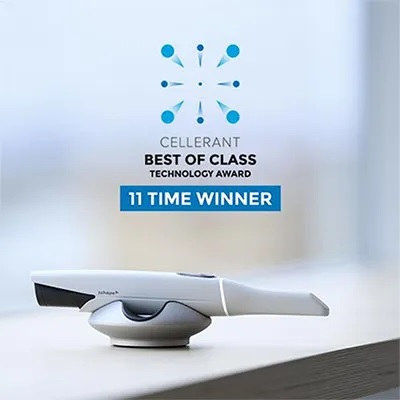
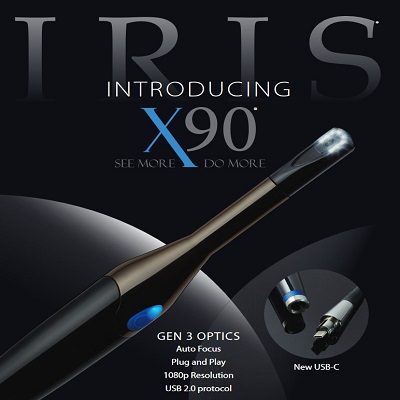


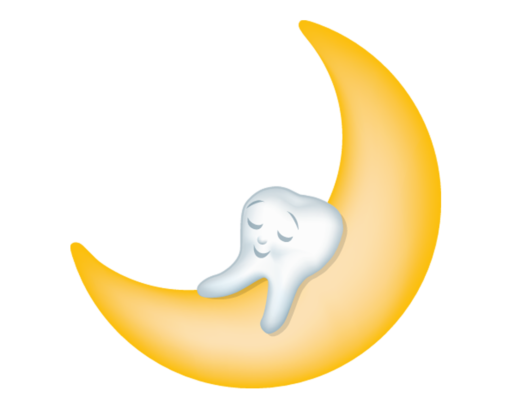
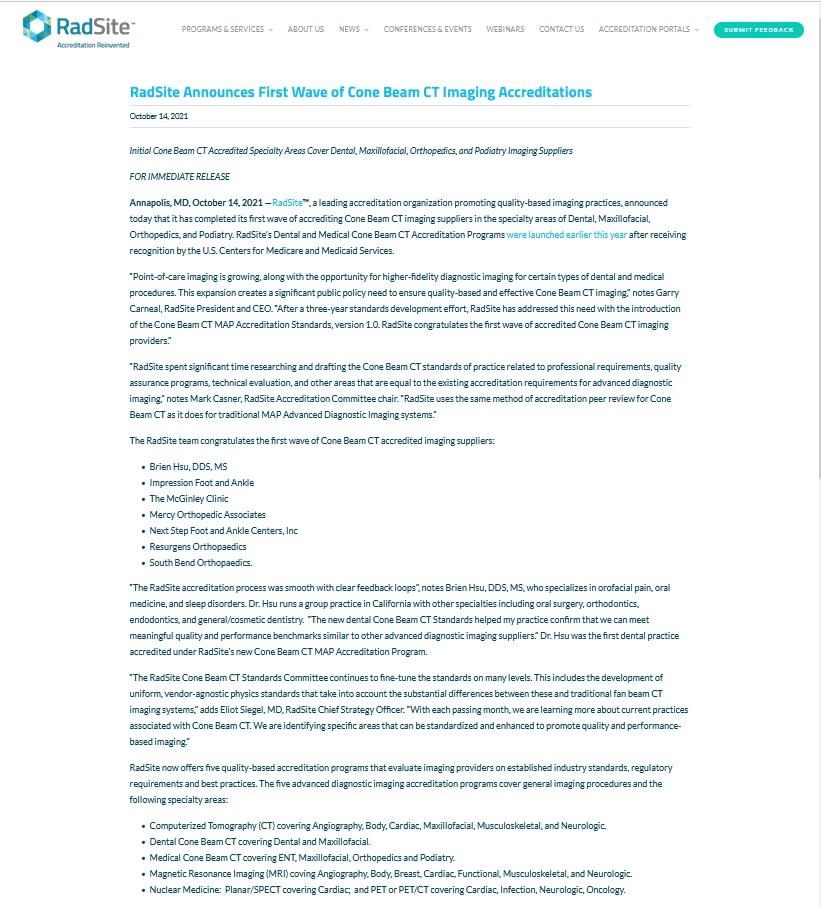
 We have all endured and have been trying to overcome a multitude of hardships from 2020 – from protests, to wildfires, earthquakes to of course COVID-19. While we started off 2021 with a historic riot, I think with the advent of the COVID-19 vaccine, there is hope that we may reach the end of the tunnel of our pandemic through herd immunity. Many patients have asked if we plan on being some of the first to take one of the U.S. made vaccines … and if so which one?
We have all endured and have been trying to overcome a multitude of hardships from 2020 – from protests, to wildfires, earthquakes to of course COVID-19. While we started off 2021 with a historic riot, I think with the advent of the COVID-19 vaccine, there is hope that we may reach the end of the tunnel of our pandemic through herd immunity. Many patients have asked if we plan on being some of the first to take one of the U.S. made vaccines … and if so which one? Once I presented my credentials, they asked a few questions and I was given the jab. I was then instructed to park near some medical staff for observation for 15 minutes and released once I reported no side effects.
Once I presented my credentials, they asked a few questions and I was given the jab. I was then instructed to park near some medical staff for observation for 15 minutes and released once I reported no side effects.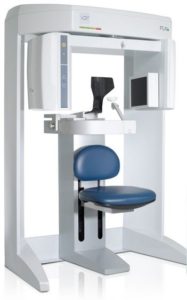 BCT manufacturers know that the award winning i-CAT FLX technology is regarded as the cone beam industry standard. In addition, the i-CAT would allow more detail with less radiation – a scan has a dose equivalent to the average radiation exposed to a person going about their “normal” life in the USA for a few days. However, being the best when it comes to CBCT technology comes with a high cost and we had just paid off our 5-year financing for the Rayscan… Yet I strongly believe that limiting the radiation exposure each patient receives, while giving us the best imaging quality would make this investment well worth it.
BCT manufacturers know that the award winning i-CAT FLX technology is regarded as the cone beam industry standard. In addition, the i-CAT would allow more detail with less radiation – a scan has a dose equivalent to the average radiation exposed to a person going about their “normal” life in the USA for a few days. However, being the best when it comes to CBCT technology comes with a high cost and we had just paid off our 5-year financing for the Rayscan… Yet I strongly believe that limiting the radiation exposure each patient receives, while giving us the best imaging quality would make this investment well worth it.
